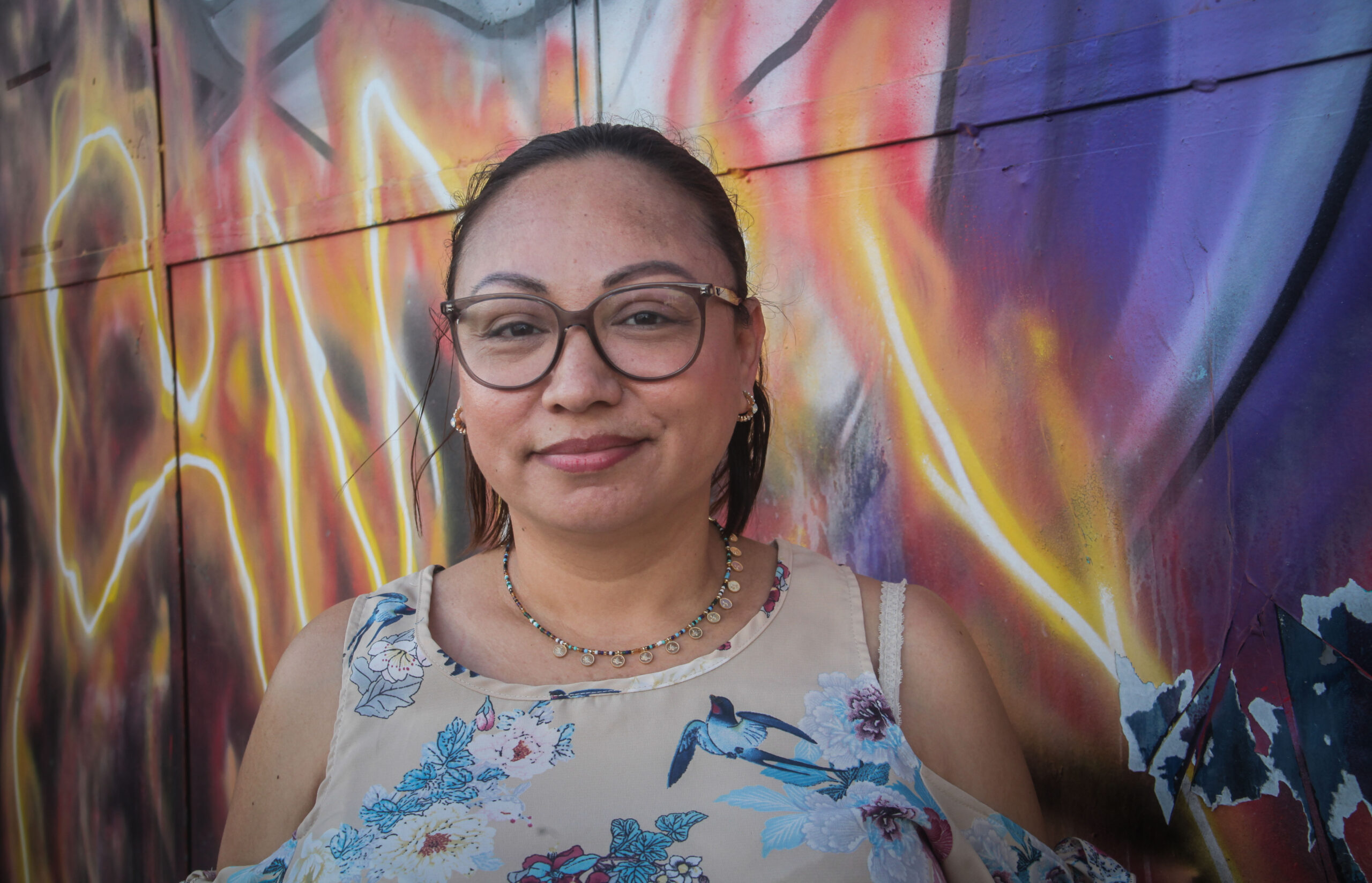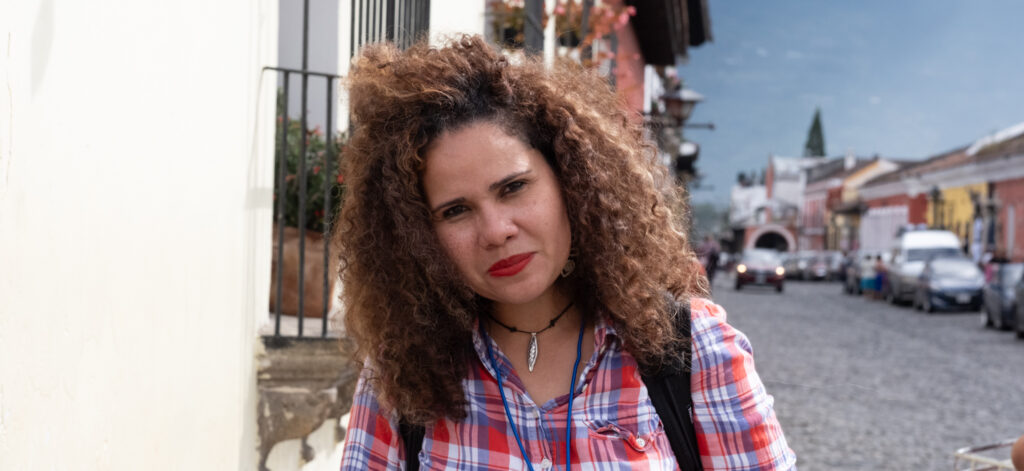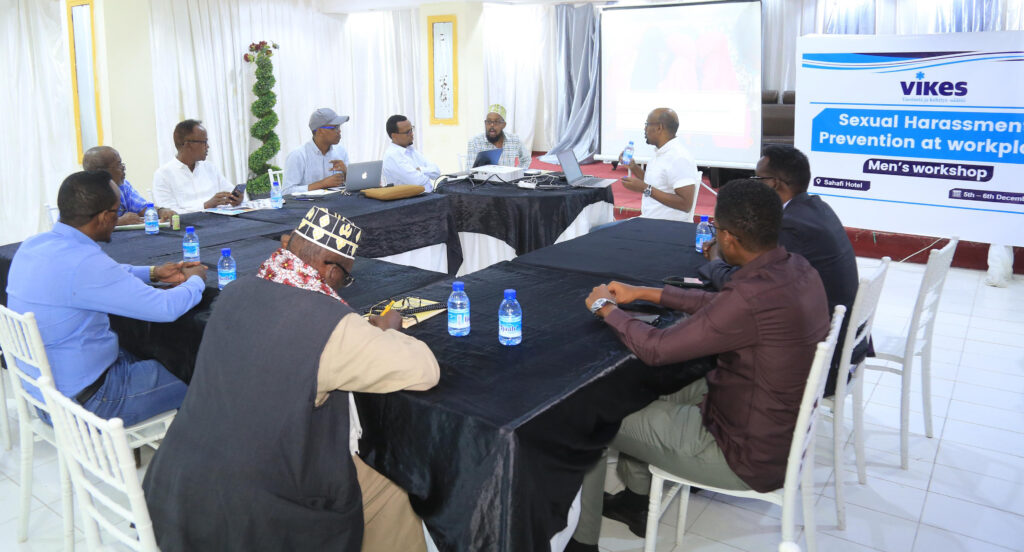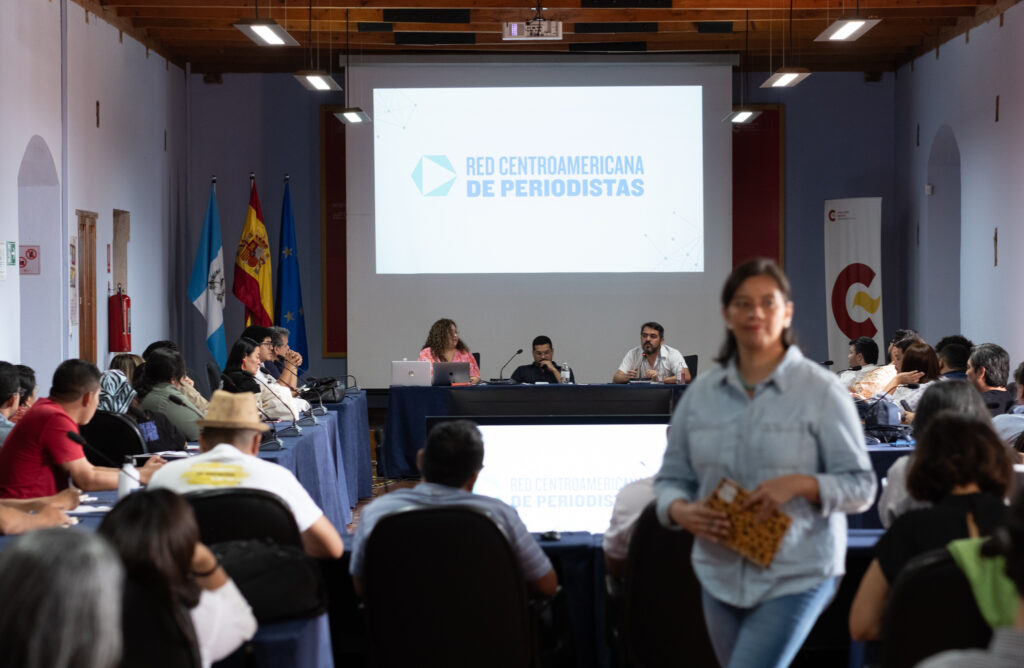“Journalists need each other,” says a Nicaraguan journalist who was forced to leave her country. She now lives in Costa Rica, like many independent journalists in Nicaragua.
“If there is one positive thing to take from this exile, it is that it has brought us closer together and closer to each other,” says Marta Irene Sánchez, 42.
She worked as a news editor in Matagalpa, Nicaragua, for the local channel TV MERCED, owned by the Catholic Church. The year was 2018, and protests against the regime of Nicaragua’s President Daniel Ortega were underway, and were bloodily repressed by the regime.
In addition to her own work, Sánchez also worked as a correspondent for a national TV channel.
Her news reports criticised the actions of the Ortega regime and the paramilitary forces. Stories were told in the streets, breaking the regime’s attempts to cover up events and censor news.
“Everything became very risky, not only because we journalists were monitored and threatened, but also because our sources were intimidated,” she says.
Said she was going on a business trip
Sánchez found that she was also followed when she took her daughter to school, when she went to the shops and in all other daily routines.
When her parents received a warning that their daughter was on the list of people to be arrested, Sánchez didn’t think twice and took the dangerous escape route across the border to Costa Rica. To her nine-year-old daughter, she simply told her she was going on a business trip.
That journey took almost a year. Like about a hundred other Nicaraguan journalists who went into exile at the same time, Sánchez faced a new situation in Costa Rica. She was alone, without her daughter and family, in a new city and country.
From trader back to journalist
She first worked as a cashier in a shop in San José, the capital of Costa Rica, but after finding herself among other refugee journalists, she decided to return to journalism, her beloved vocation, at all costs.
She had on opportunity to set up her own media publication. Online media Republica 18 was born.
“I had always worked as just another journalist in the newsroom, and I had never planned to set up my own media,” she says.
Running her own media was in its infancy when, after less than a year in exile, Sánchez and many other journalists returned to Nicaragua in defiance of the dictatorship.
However, her return home was short-lived. The Ortega regime launched a new wave of arrests, leading to an even more massive wave of journalists fleeing in the summer of 2021. Sánchez was forced to leave her country for a second time and to travel secretly to Costa Rica once again.
She is currently back in San José, trying to support herself through journalism and other media work. Although the homesickness and worry about her parents is overwhelming, the fact that her daughter now lives with her in Costa Rica brings some peace of mind.
Vikes partner supports women-led media
“I was excited to be involved in last year’s PCIN Women’s Project because I believe that joining forces is a prerequisite for our survival. Through this project, we were able to promote women’s collaborative journalism,” says Sánchez.
She refers to the Vikes-sponsored project of PCIN, a consortium of Nicaraguan journalists, which last year supported women-led media.
“I think it is important that we include a broad range of gender and equality issues in our own media and also commit to doing so.”
According to Sánchez, the four-person editorial team she heads has certain tools of the trade in place, such as an operational work plan for the development of the publication and a well-thought-out style guide for the publication.
“But we don’t have our own editorial gender guidelines written down, and our editorial team consists of me and three men,” she laughs.
“But as the PCIN Women’s Project inception survey found, we women journalists have a lot of untapped and hidden capacity. We don’t have the skills to use them to produce good journalism.”
She says there is still a lot to learn – for example in terms of management and how to run a media like a small business.
La Sala – Women in the newsroom
The main objective of the La Sala project, supported by Vikes, is to support the entrepreneurial development of digital platforms run by Nicaraguan women journalists.
The founding document of PCIN, the Nicaraguan association of journalists, stresses not only media pluralism but also a number of universal principles and values, such as respect for human rights and women’s rights.
The exile of journalists that began in 2018 changed the landscape of Nicaraguan media. The organisation noticed a significant increase in the share of female-led media and digital platforms. At the same time, the status, working conditions and rights of women journalists began to attract more debate.
Among PCIN’s organised women journalists, the change sparked an idea to support women-led digital media. Last year, eight women-led digital media formed a joint think tank called “La Sala – Women in the Newsroom”.
Vikes considered the gender component of the project very important for the development of the Nicaraguan media scene as a whole and decided to support the project as part of its organisational support to PCIN.
The first phase of the project was completed at a brisk pace in about six months. During this period, women media leaders came together and analysed their own resources to turn their media projects into media SMEs.
In La Sala, they also seek to define the relevance of the stories they publish to Nicaraguan journalism as a whole, and in particular to the defence and promotion of human and women’s rights.
The project’s small production subsidy also enabled many authors to complete journalistic productions that were in the process of being considered or were already halfway through. A total of 24 articles, reports, podcasts and multimedia productions were published, double the number planned.
Text and photos by Kimmo Lehtonen, San José, Costa Rica

Marta Irene Sánchez. Photo by Kimmo Lehtonen




